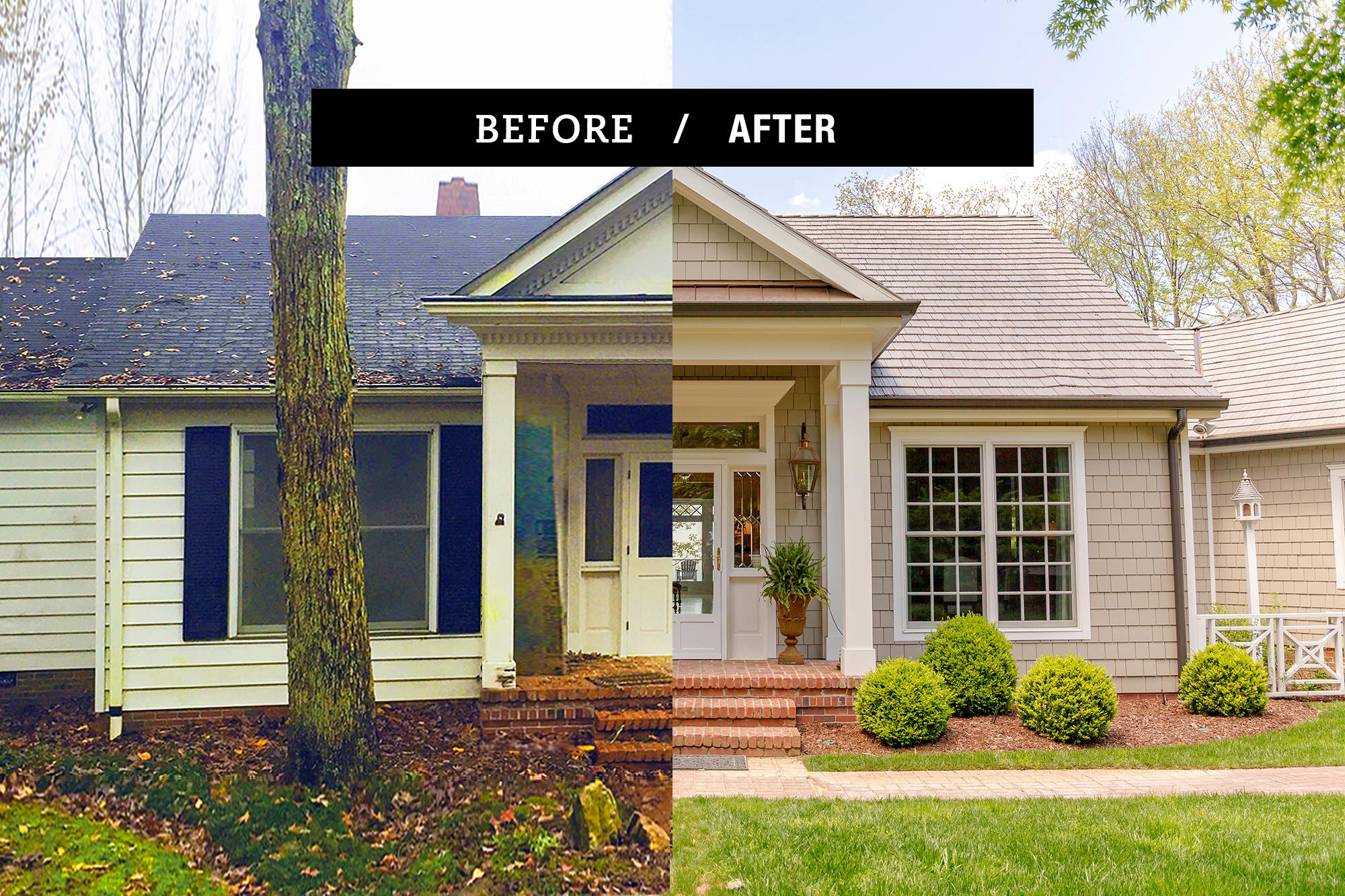How to decide when it's time to re-side

Your home's siding serves as a shield against the elements and a defining feature of your exterior aesthetic. Whether your home has been subject to extensive damage by extreme weather or pests, or you're simply in the mood for a new look, it's worth considering if now is the right time to re-side.
Starting a siding replacement project can seem like a big undertaking, but most homeowners only go through the process once, and it's almost always a worthwhile investment. Seeing as you likely don't want this to become a repeat project, it's essential to do it right the first time and help prevent any expensive repairs down the road.
So, how do you know if now is the right time to replace your siding? While some situations, such as visible or structural damage, demand an immediate replacement, others may require a nuanced evaluation. To guide your decision, here are six key questions to help identify the severity of issues with your current siding and assess the value of a siding replacement.
Is now the time? Six questions to ask yourself when considering a siding replacement
Assess whether the moment is right for a siding replacement with these six crucial questions. If the time is right, you'll also find some pointers on how to evaluate your home's new siding.
Already convinced it's time to re-side? Check out our Ultimate Re-Side Guide for more tips and tricks!
1. How long has your current siding been in place?
Depending on the material and original quality of installation, siding can last for decades. However, if it’s near the tail end of its lifecycle, it may be time to replace it. So, how do you know if your siding is reaching its natural end?
First, go stand on the curb outside of your home — how does it look overall? Now, take a closer look and walk around all sides of your house from the roof to the foundation, looking for any sagging, cracking, blistering, buckling, fading, missing pieces, rot, evidence of insect damage, or water stains. If you see two or more of those signs, it's likely time to re-side.
2. What kind of upkeep and maintenance do you need to do?
As siding ages and wears out, the maintenance cycle shortens. With more frequent, costly upkeep required, the tendency to skip repairs and instead "let it go" can lead to intrusion by water or pests, and possibly damage to the underlying wall. With the ongoing time and effort to repair and maintain old siding in mind, it might make a re-side more attractive.
Especially if you've recently dealt with a pest incursion, such as carpenter bees creating nests behind your wood siding, you've likely had enough with emergency calls to the exterminator. When maintenance (or lack thereof) starts to be a factor, it's another sign that re-siding is the best choice.

3. How extensive is any damage to your siding?
A single missing shingle or color fading under one windowsill may not be a big problem. However, when damages start to pile up, they can make a nice-to-have project essential.
You should also consider how often your siding is damaged — and the underlying causes of that damage. Excessive pest infestations from woodpeckers and termites, for instance, can cause serious issues to your home. When you replace your exterior siding, it's worth considering a material that's less appealing to critters, such as Hardie® fiber cement siding.
4. How long do you plan to stay in the house?
Are you planning to sell your home soon? If so, fresh siding can boost its market value. Exterior renovations not only enhance the aesthetic appeal and help safeguard the home, but they also significantly elevate curb appeal, making a more impactful first impression.
On the other hand, if you know you'll be living there for a while, you may want to invest in quality siding that minimizes maintenance for longer and will last for decades. James Hardie invented modern fiber cement siding to help protect what matters most against the elements for years to come. In any event, new fiber cement siding will provide both short-term and long-term benefits for you and your home.
5. How does your home compare to others in the neighborhood?
Be honest — is your home the one that stands out for all the wrong reasons? Does it look dated and tired? If your neighbors have upgraded their homes' exteriors, it might be an incentive for you to make the change, too, especially if you have other repairs to make. Look around your neighborhood. If the homes were built at the same time, they'll likely require updates and projects within the same timeframe.
Re-siding your home can also add a much-needed curb appeal boost to make your home the envy of your neighborhood. Particularly if you've seen any color fading or have needed repainting over the years, James Hardie's exclusive ColorPlus® Technology finish provides sharp, long-lasting color with a 15-year limited warranty.
6. How does your siding color and style reflect current trends?
If your home's siding is showing signs of physical wear and tear, your exterior style could likely use an update, too. A siding replacement project is a great opportunity to remove dated siding styles or colors and modernize your exterior.
For inspiration, check out what's trending, such as modern board and batten siding or James Hardie's Color of the Year, Mountain Sage.
